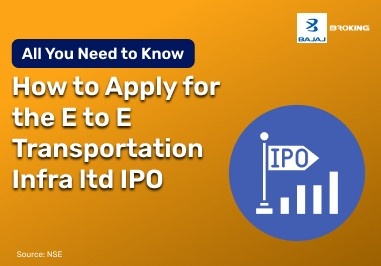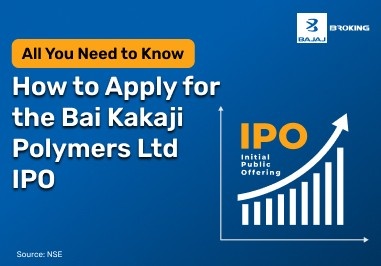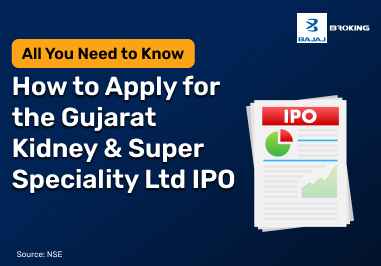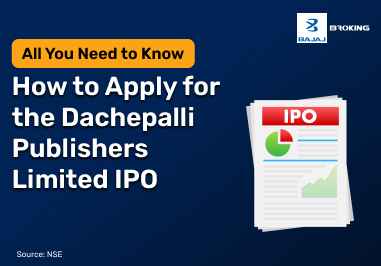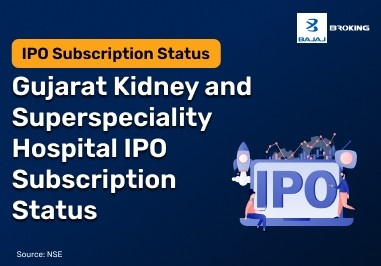Despite there being two depositories, CDSL demat accounts far out number NSDL demat accounts. Want to know more about the CDSL demat account and its features? Continue reading to find out. But before you learn what a CDSL demat account is, you should first try to understand the concept of a depository and its role in the Indian financial markets.
What is the Central Depository?
A depository is an entity that offers demat accounts to investors. Investors can use the demat accounts of depositories to electronically store a wide range of securities, safely and securely. The depositories are designed to be a bridge between the investors and the companies issuing the securities.
How Does a CDSL Account Work?
Now that you know what is the Central Depository Services Limited, lets now try to understand how it works. Here’s how your CDSL account works:
- You open a demat account with a DP linked to CDSL
- A 16-digit BO (Beneficial Owner) ID is given to your account
- When you buy shares, they are added to your account in electronic form
- When you sell shares, they are removed from your account and sent to the buyer
- You can view your holdings through your DP’s platform or the CDSL EASI portal
This system lets you trade and hold securities without using paper, making investing simpler and faster.
When was CDSL Established?
As you’ve already learnt, CDSL is the acronym for Central Depository Services Limited. It is one of the two active depositories in India. Although CDSL was incorporated in the year 1999 and is the second depository to have been established, it currently has the most active demat accounts in the country as of May 31, 2023.
Things to Know about CDSL Demat Account
Regulated Entity
CDSL (Central Depository Services Limited) is one of the two main depositories in India. It operates under the regulations of SEBI (Securities and Exchange Board of India), ensuring security and transparency for all account holders.
Investor Protection
CDSL safeguards investors by maintaining a demat account where securities are held in electronic format, eliminating risks associated with physical certificates, such as loss or forgery.
Ease of Access
Investors can easily access their account details and transaction history online through the CDSL platform. This enables investors to track their portfolio in real time.
Multiple Securities
A CDSL demat account allows the holding of a variety of securities, such as equities, bonds, government securities, and mutual fund units, ensuring diversification.
Transfer of Securities
CDSL facilitates easy transfer of securities from one demat account to another, either within CDSL or from CDSL to NSDL (National Securities Depository Limited), with no need for physical documentation.
Nomination Facility
Account holders can nominate an individual to inherit their securities in the event of unforeseen circumstances, ensuring smooth transfer of assets.
Zero Holding Charges
CDSL doesn’t charge for maintaining a zero-balance demat account, making it cost-effective for investors who don’t trade frequently.
Safe and Secure Transactions
CDSL provides a secure platform for demat transactions, backed by encryption and secure gateways, making it a trusted choice for investors.
Regulations for Multiple Accounts
Individuals can hold multiple CDSL demat accounts; however, they need to adhere to the regulations set by SEBI regarding KYC documentation and account maintenance.
Features and Benefits of CDSL Demat Account
Dematerialisation
CDSL converts physical securities into electronic form, eliminating the need for physical certificates and reducing risks like loss, theft, and forgery. Investors can securely hold securities in a Demat account with CDSL.
Account Types
CDSL offers various accounts for individual and corporate investors, including joint, partnership, and trust accounts, to cater to diverse needs.
Security
CDSL ensures the security of investors' electronic holdings with measures like encryption, firewalls, and intrusion detection systems, protecting assets and preventing unauthorized access.
Ease of Transactions
CDSL enables easy transfer of securities between Demat accounts, simplifying transactions and reducing paperwork and processing time.
Corporate Actions
CDSL handles dividends, bonus issues, and rights offerings for investors, ensuring timely and efficient distribution of benefits and entitlements.
Quick and Easy Access to Your Investments
One of the many crucial features of a CDSL demat account is that it can give you instant access to all of your securities anytime and from anywhere in the world. All you need to do is use the EASIEST portal of the depository to log into your account. Once you’re logged in, you can view all of your investments in one place and get your CDSL demat account details.
Difference Between NSDL and CDSL
Both CDSL (Central Depository Services Limited) and NSDL (National Securities Depository Limited) provide similar services for investors holding securities electronically. However, there are key differences to be considered before choosing between the two depositories:
Feature
| CDSL
| NSDL
|
Inception Year
| 1999
| 1996
|
Promoted by
| BSE (Bombay Stock Exchange)
| NSE (National Stock Exchange)
|
Market Share
| Second Largest Depository
| Largest Depository
|
Account Number Format
| Begins with numeric values
| Begins with ‘IN’ followed by numbers
|
Operating Costs
| Generally lower than NSDL
| Slightly higher for some services
|
An investor may choose between an NSDL and CDSL Demat account based on their broker's association with either depository.
CDSL Demat Account Fees and Charges
When opening a CDSL Demat Account, there are several fees and charges involved:
Account Maintenance:
₹0 for the first year and ₹431 including GST from the second year onwards.
Transaction Fees:
₹12 per transaction for AMC-based accounts, and ₹11 for corporate accounts.
Pledge Creation:
₹40 for AMC-based accounts and ₹50 for lifetime AMC free options.
Pledge Invocation:
₹20 per instruction for AMC accounts and ₹25 for those with lifetime AMC free. Corporate accounts incur a fee of ₹20 per transaction.
Understanding these charges will help you manage your CDSL Demat Account more effectively.
How to Open a CDSL Demat Account?
Opening a CDSL Demat Account entails the following steps:
Select a Depository Participant (DP):
Choose a DP (broker, financial institution, or bank) registered with CDSL. Make sure to choose a reliable DP for handling your investments.
Fill Out the Application Form:
Obtain and complete the account opening form from your DP, either online or in person. You’ll need to provide basic personal and financial details.
Submit Documents:
Provide documents for identity verification and proof of address. Typically, these include Aadhaar, PAN, and a utility bill or bank statement.
Complete KYC:
The KYC process is mandatory and can be done online via Aadhaar eKYC or through in-person verification (IPV), as required by your DP.
Sign the Agreement:
Sign the agreement with your DP, which covers the terms and conditions for operating your Demat account.
Receive Your Account Number:
After approval, you’ll receive your CDSL Demat Account number, allowing you to hold and manage your securities electronically.
Conclusion
With this, you should now be aware of what a CDSL demat account is. Now, before you go ahead and initiate the account opening process, make sure to compare the various fees and charges levied by the depository participants and choose the most cost-effective one. However, you should also keep in mind that reputation and experience are also major factors that you need to consider before choosing a DP.
Disclaimer: Investments in the securities market are subject to market risk, read all related documents carefully before investing.
This content is for educational purposes only. Securities quoted are exemplary and not recommendatory.
For All Disclaimers Click Here: https://www.bajajbroking.in/disclaimer

